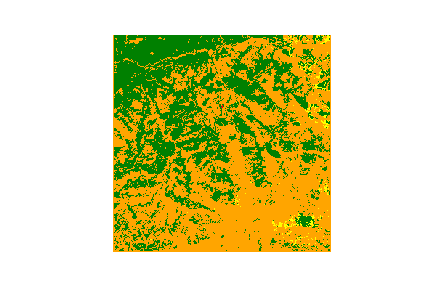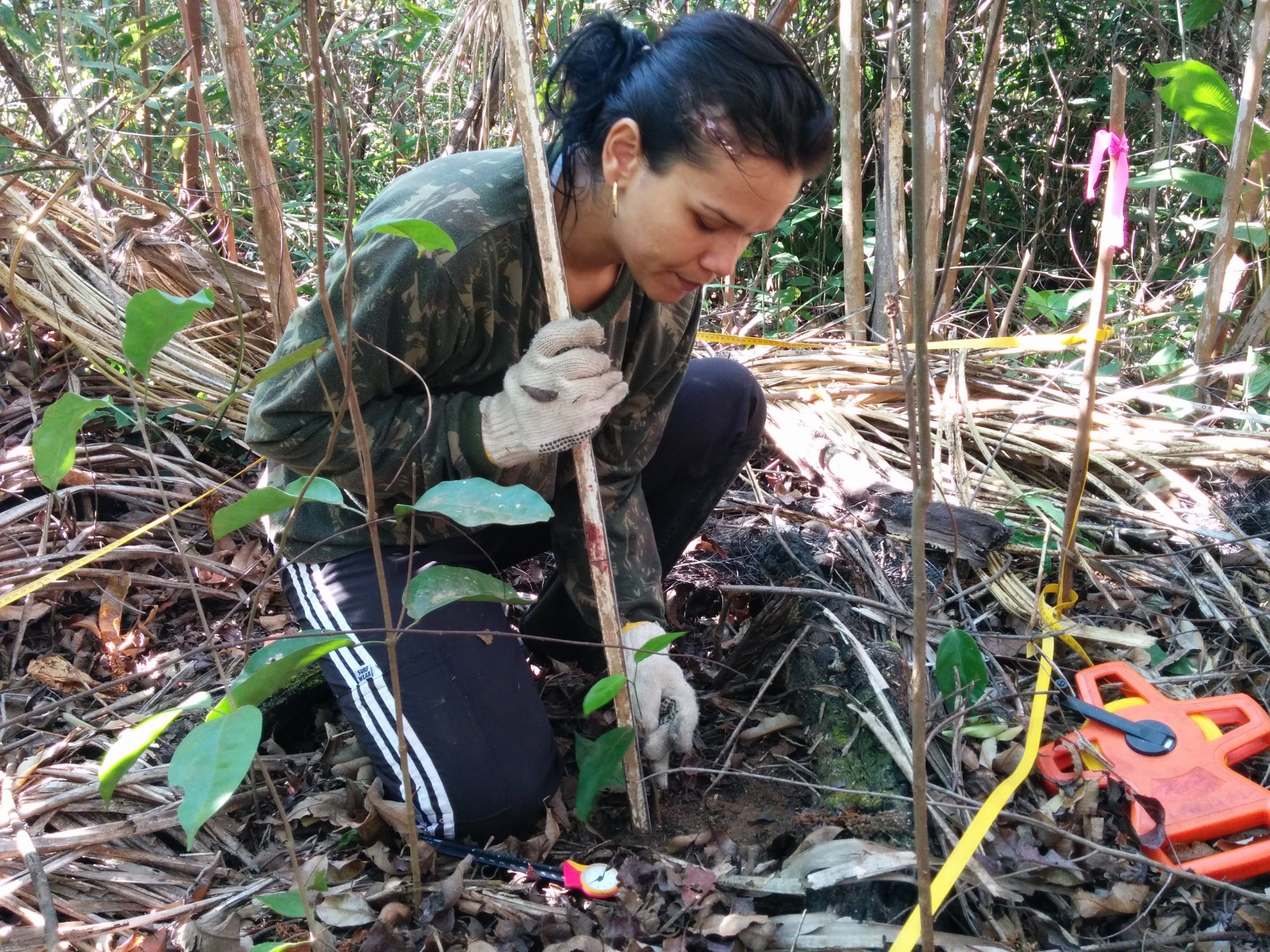We welcome applications for two 8-week summer placement projects with Imperial’s Undergraduate Research Opportunities Programme, on the topic of wildfires.
These UROPs are offered on a remote basis. If on-campus attendance is possible this will be considered dependent on the College rules in force at the time, but it will not be essential.
*Applications are especially welcomed by Black students, as well as from individuals who are members of current and historically underrepresented groups.*
Please check the Imperial College London UROP pages for general information and eligibility
A bursary is available, of £325.50/week to the successful applicants. Further details from the contacts below.
Please register your interest with Dr Cheng or Dr Ningthoujam by Friday 25th June.
Opportunity 1: Machine learning for predicting Wildfire duration and burned areas
Wildfire forecasting has received increasing attention in fire safety science world-widely. Firefighting resources allocation or evacuation of at-risk areas has much to benefit from numerical models which predicts the spread of the fire in space and time. The UROP participant will contribute to the project of applying machine/deep learning algorithms (e.g., random forest, CNN) to predict wildfire durations/burned areas based on satellite images and local environmental features. This project is in in the context of a collaboration between the Leverhulme Centre for Wildfires, Environment and Society and the Data Science Institute (DSI) at Imperial College London. The participant will be co-supervised by Dr Sibo Cheng and Dr Rossella Arcucci.
durations/burned areas based on satellite images and local environmental features. This project is in in the context of a collaboration between the Leverhulme Centre for Wildfires, Environment and Society and the Data Science Institute (DSI) at Imperial College London. The participant will be co-supervised by Dr Sibo Cheng and Dr Rossella Arcucci.
Skills and experience required: Python programming (experience with machine learning packages (e.g. sk-learn, Keras) is a plus), notions about machine learning algorithms.
Contact details: Dr Sibo Cheng, Leverhulme Centre for Wildfires, Environment and Society, Department of Life Sciences, Imperial College London, South Kensington, London,SW7 2AZ. Email: sibo.cheng@imperial.ac.uk. Tel: +447485578412
Opportunity 2: Fire related vegetation properties in Amazon
Severe fire frequency affects vegetation biodiversity and structural properties. Amazon store large amount of carbon in vegetation and soils. Recent on-the-ground sample plots suggest high vulnerability of different forest types to fire in the southern Amazon-Cerrado transition including seasonal evergreen forest of Mato Grosso (Prestes et al., 2020) and tropical savanna of Columbia (Armenteras et al., 2021). Sensitivity of multispectral Landsat derived vegetation indices (VIs) to burned areas detection, fire severity and vegetation structural properties are extensively reported for tropics, temperate and boreal forest, however the potential of those VIs to fire related forest biophysical properties for tropical evergreen and savanna ecosystem are limitedly studied.
This project will investigate the potential of mapping fire related species diversity and structural properties using Landsat derived ten VIs across 5 sites of Amazon (2 sites in Mato Grosso, Pucallpa, Bojonawi Reserve, Columbian Upland). These sites have different fire regimes based on different vegetation types (seasonal forest, gallery forest, savanna woodland) with different fire frequency in different years. The output will be useful in understanding how wildfires affect vegetation properties at landscape level, developing fire regime definition for the tropics in the LCWES and present results in RSPSoc 2021 Conference.

Nayane Prestes, UNEMAT-Brazil, measures seedlings in a burned forest in Mato Grosso, southern Amazonia (photo credit: Ted R. Feldpausch)
Skills and experience required: Remote Sensing, Ecology, Analysis skills. Initiative as part of a team
Contact details: Dr Ramesh Ningthoujam, Leverhulme Centre for Wildfires, Environment and Society, Department of Life Sciences South Kensington, London, SW7 2AZ. Email: rningtho@ic.ac.uk.
Further readings:
- Armenteras, D., Meza, M.C., González, T.M., Oliveras, I., Balch, J.K. and Retana, J. (2021). Fire threatens the diversity and structure of tropical gallery forests. Ecosphere, 12(1). e03347.
- Prestes N.C.C.dos S., et al., including Feldpausch T.R., (2020). Fire Effects on Understory Forest Regeneration in Southern Amazonia, Frontiers in Forests and Global Change, 3, 1-10.






